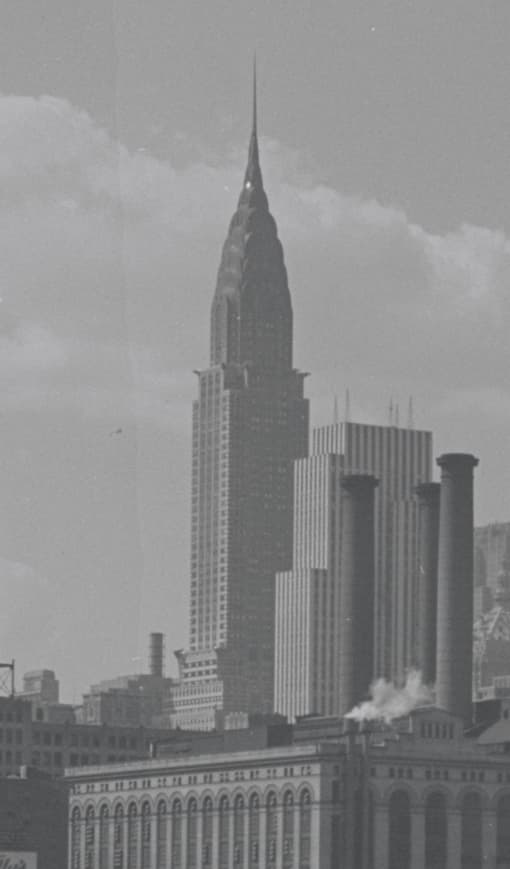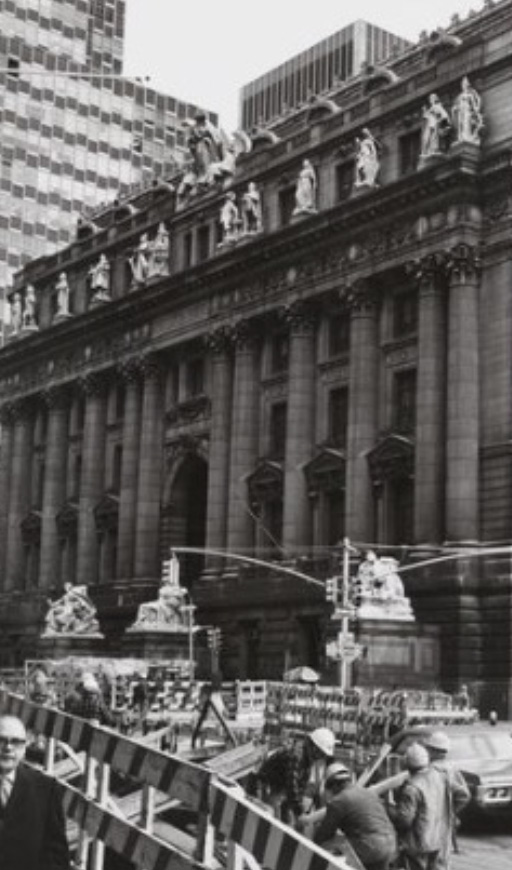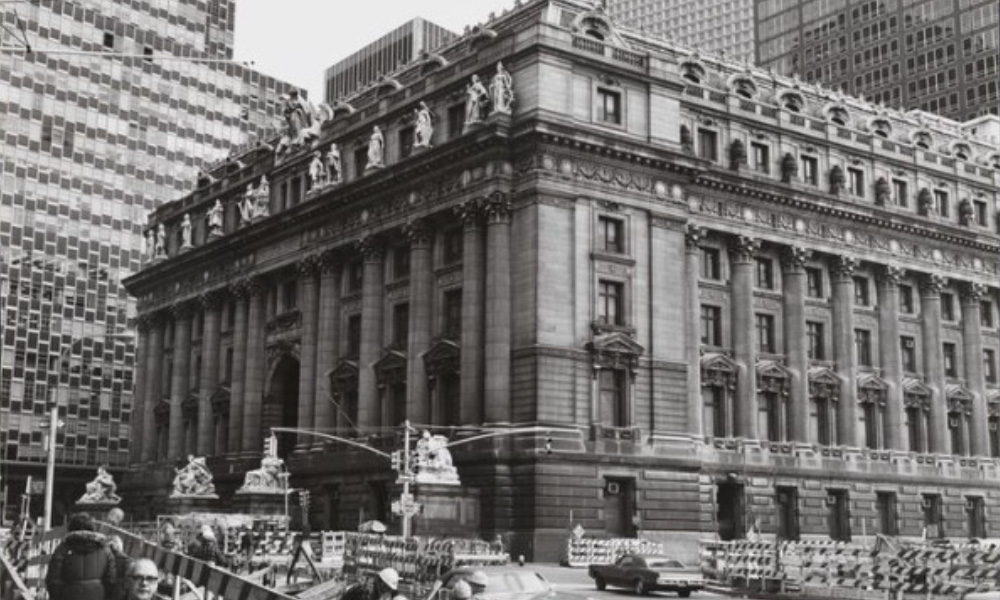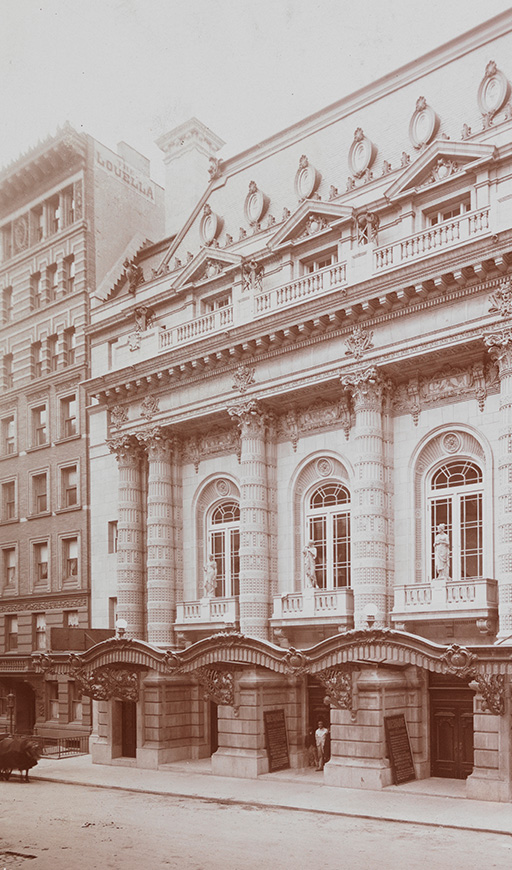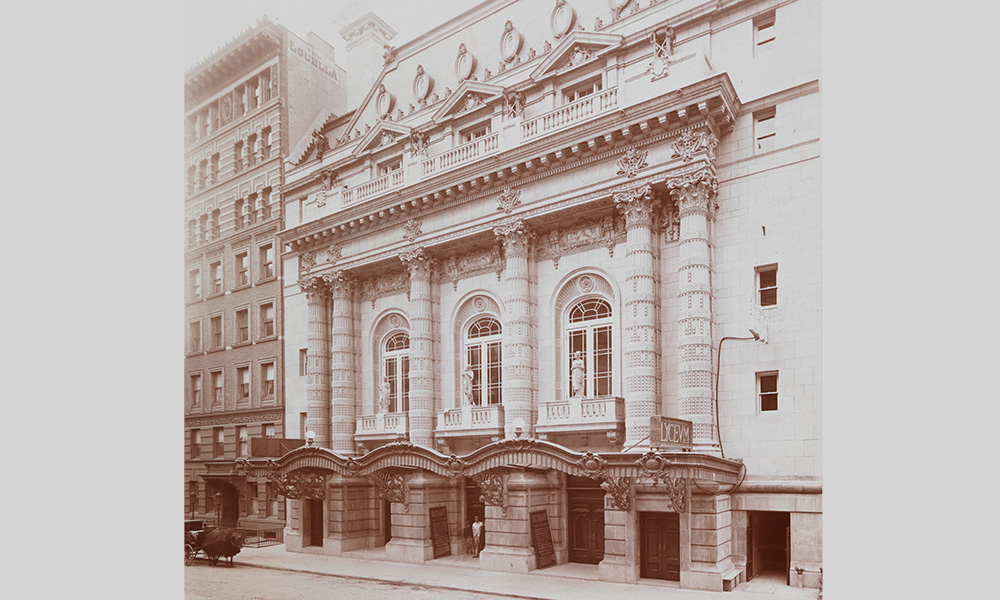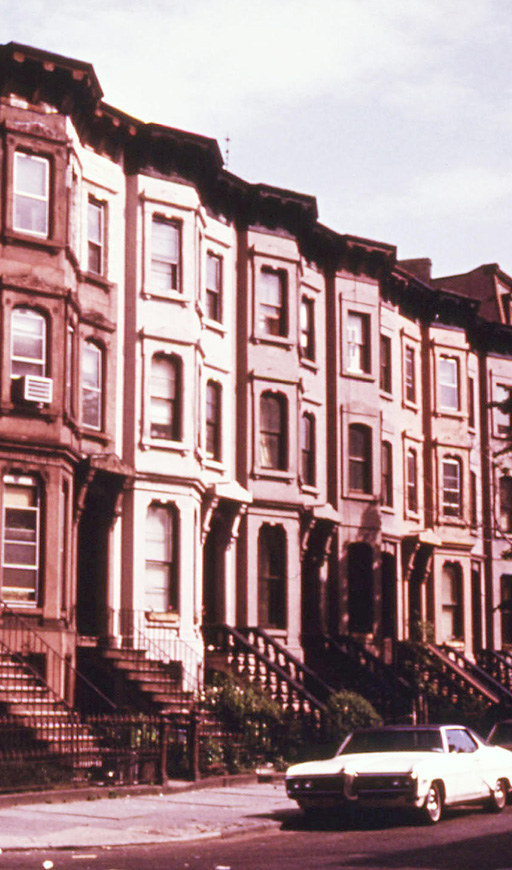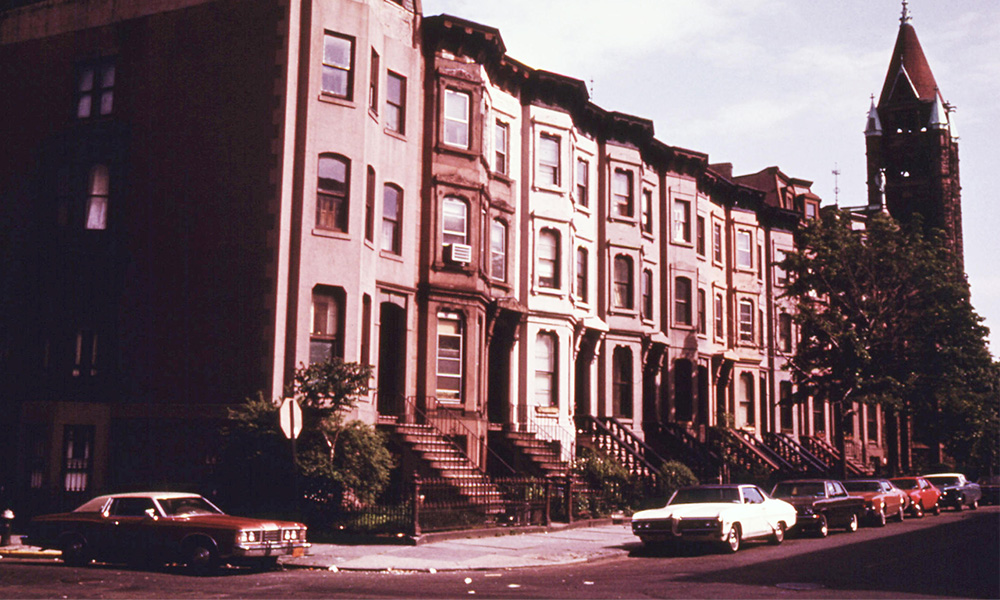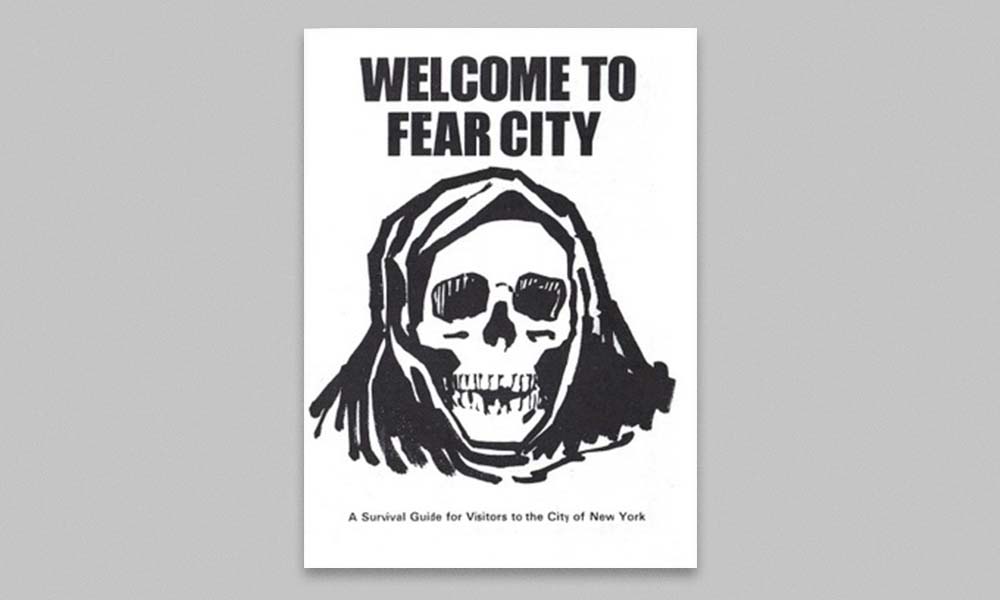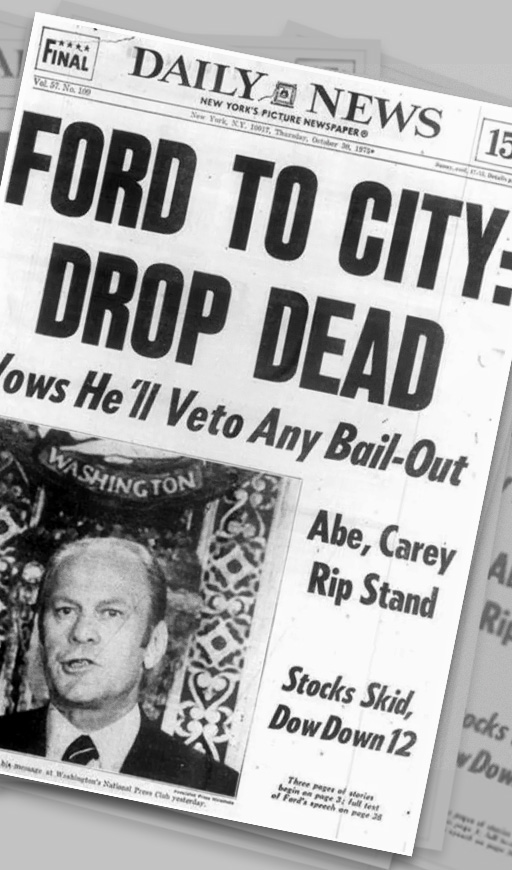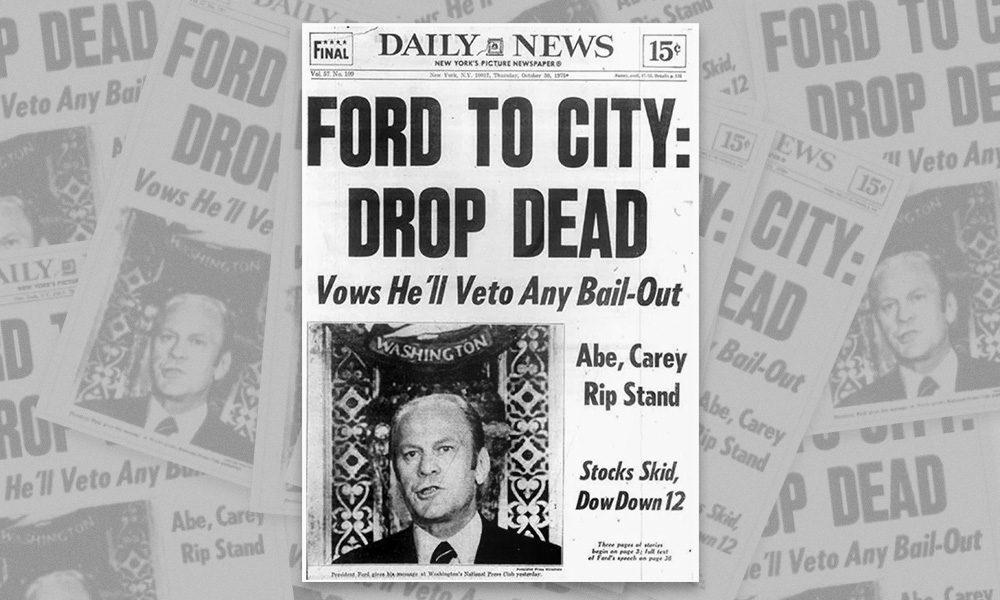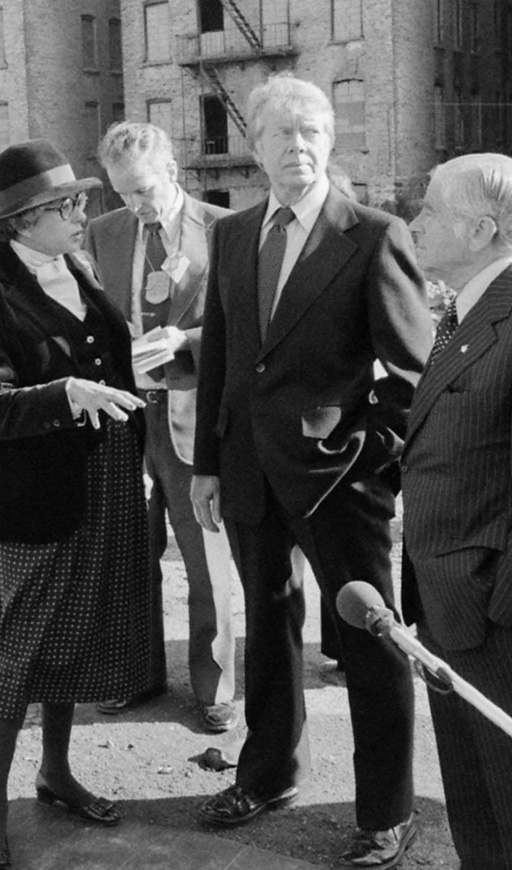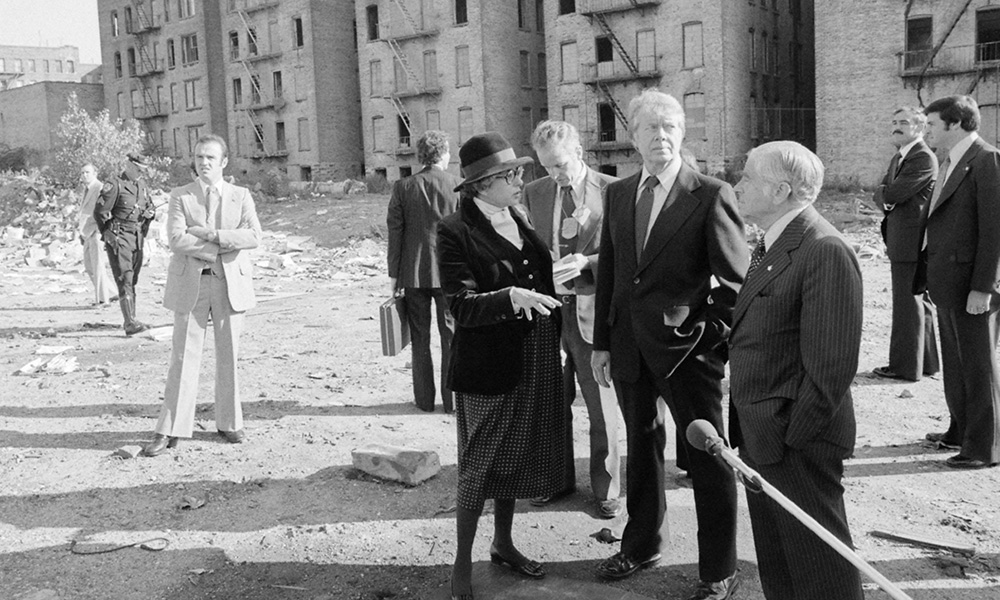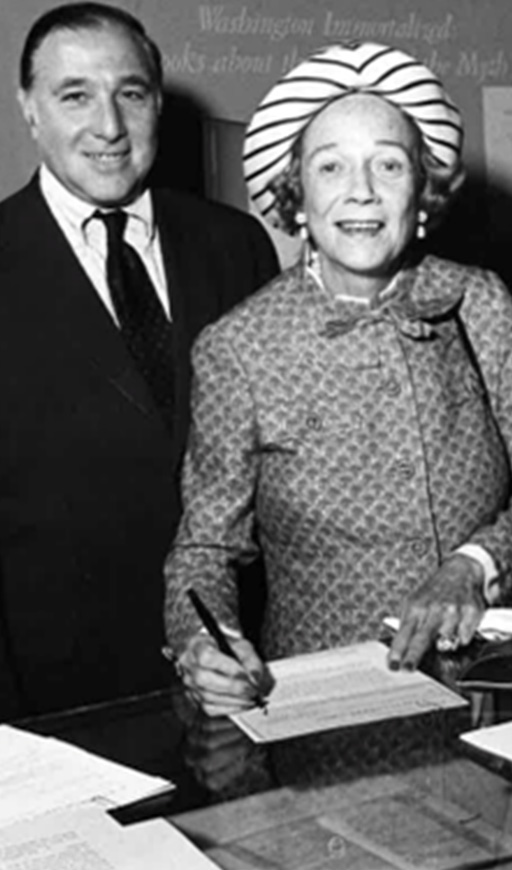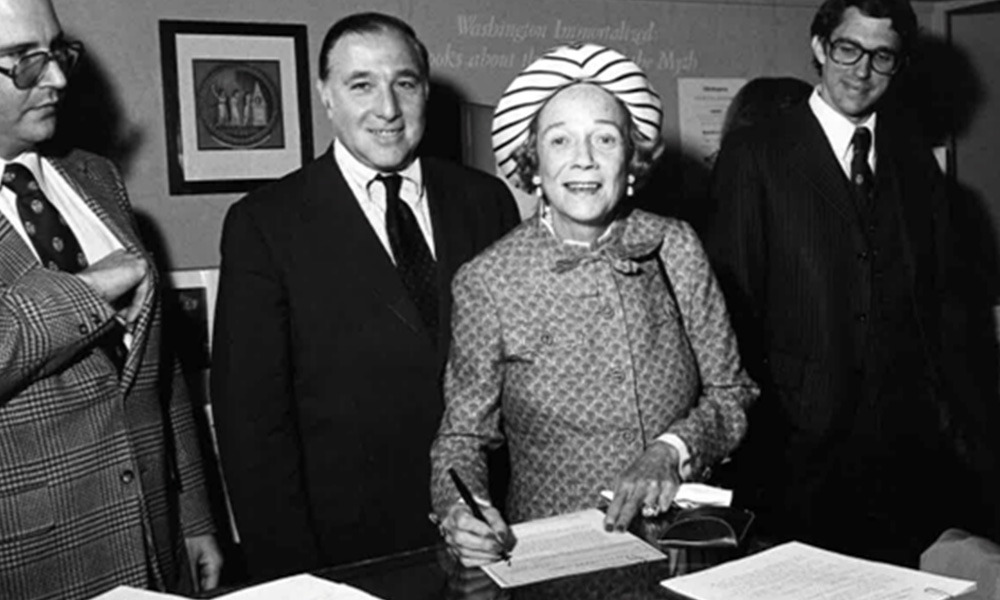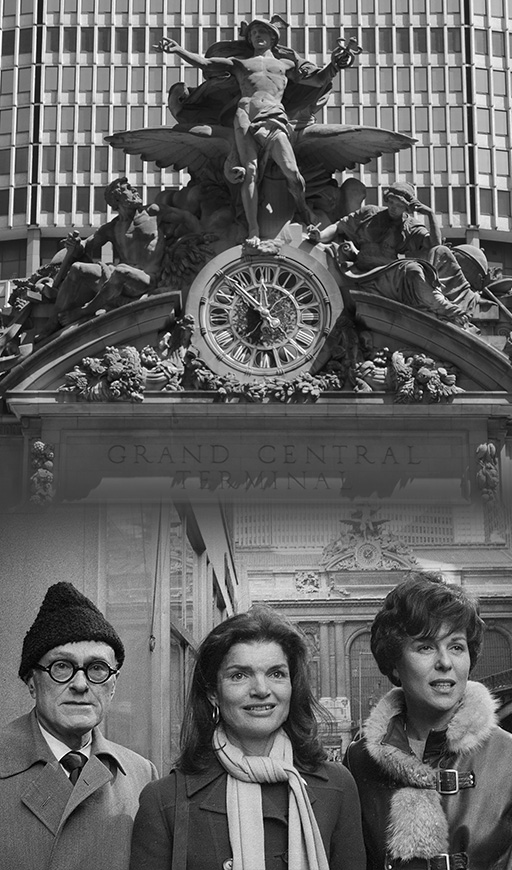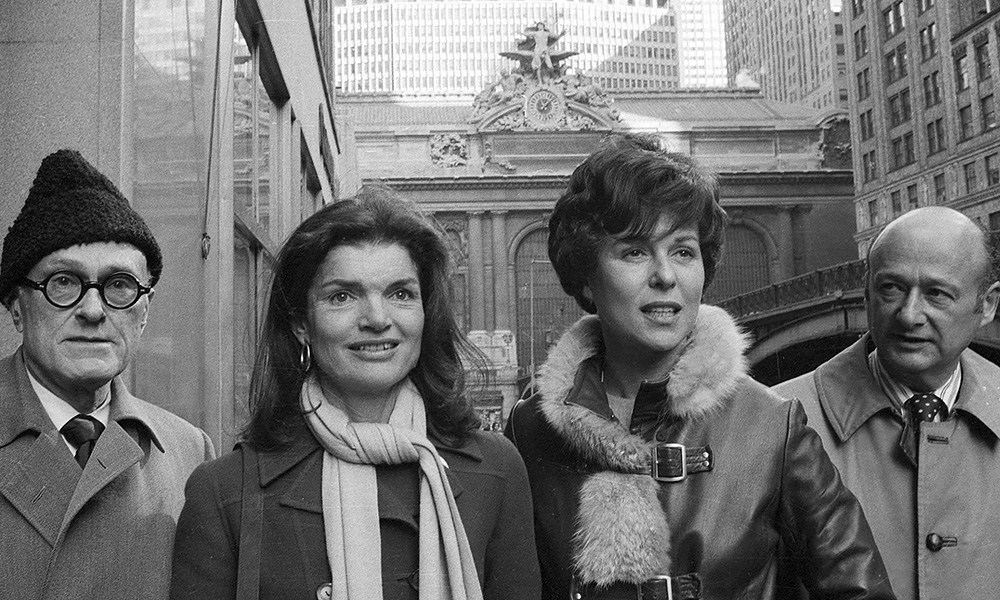
Celebrate the New York Landmarks Conservancy's 50th anniversary by experiencing the 50 at 50 exhibition. Explore our most iconic, memorable successes in preserving and protecting the architecture that helps make New York singularly unique.

Explore the Exhibition
Explore 50 of our most iconic and memorable successes from borough to borough, where our work has preserved not only physical landmarks, but also the stories and the history behind them, all woven into the fabric of the City we love. There’s no place quite like New York, and we look to the future with renewed dedication to preserving its unique architectural heritage.
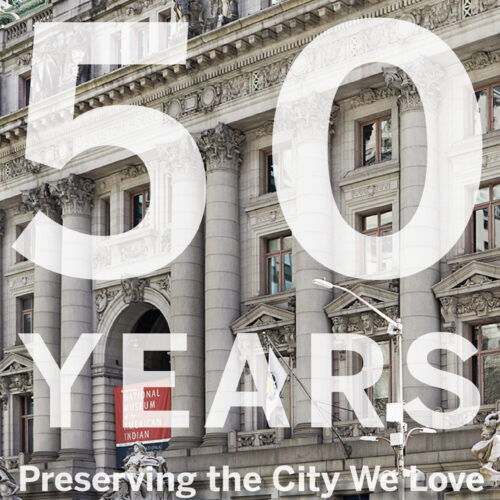
Celebrating 50 Years – Read Our Special Report Publication
Manhattan
Celebrating 50 Years – Read Our Special Report Publication, Manhattan
Celebrating a 50th Anniversary is exciting. There was no guarantee when we launched in 1973 that we’d make it this...
Learn More
Alexander Hamilton U.S. Custom House
Manhattan
Alexander Hamilton U.S. Custom House, Manhattan
Why is this building significant? The seven-story, steel-framed U.S. Custom House is a Beaux-Arts masterpiece connected back to New York...
Learn More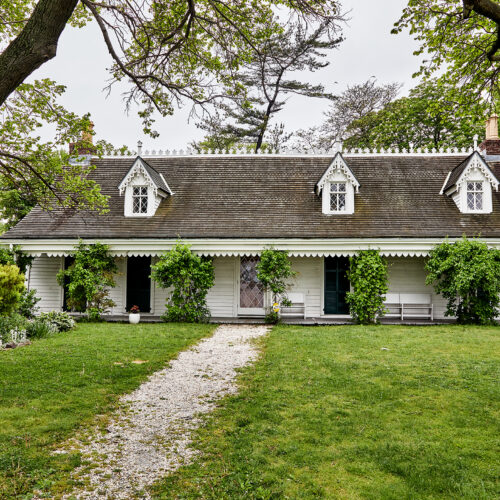
Alice Austen House
Staten Island
Alice Austen House, Staten Island
Why is this building significant? The Alice Austen House, also known as “Clear Comfort,” was the home of Alice Austen,...
Learn More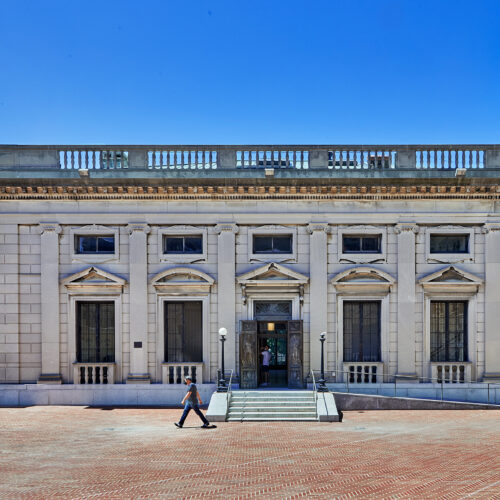
American Academy of Arts and Letters
Manhattan
American Academy of Arts and Letters, Manhattan
Why is this building significant? Funded by Archer M. Huntington, heir to a California railroad fortune, the American Academy of...
Learn More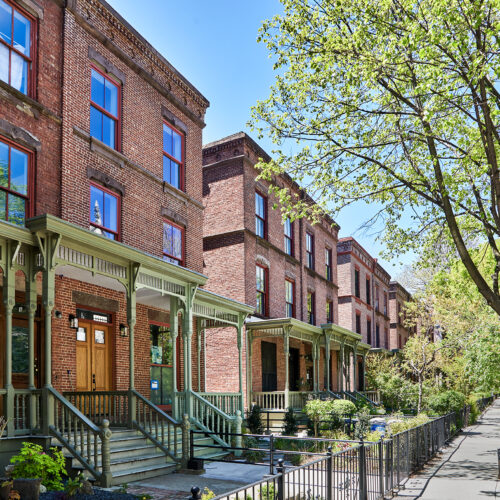
Astor Row
Manhattan
Astor Row, Manhattan
Why are these buildings significant? Comprising 28 three-story houses, Astor Row was a pioneering example of speculatively built housing, among...
Learn More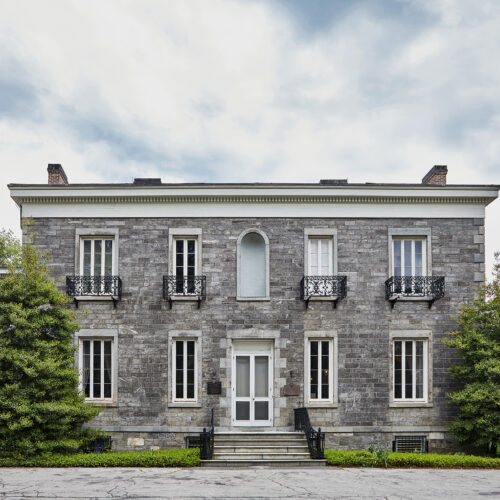
Bartow-Pell Mansion
The Bronx
Bartow-Pell Mansion, The Bronx
Why is this building significant? Built on land the Pell family had owned since 1654, this three-story Greek Revival mansion,...
Learn More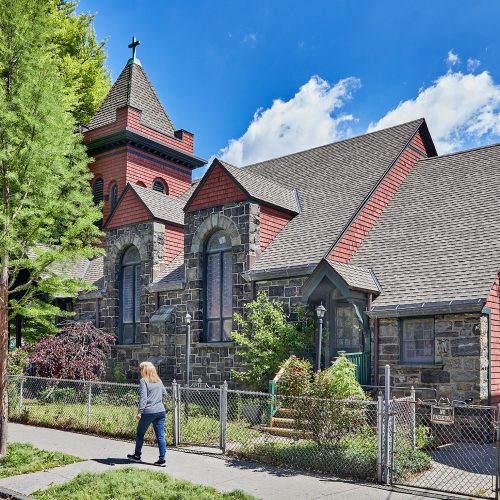
Bedford Park Congregational Church
The Bronx
Bedford Park Congregational Church, The Bronx
Why is this building significant? Designed by the son of this congregation’s founder, Shearjashub Bourne, a prominent Congregationalist minister, the...
Learn More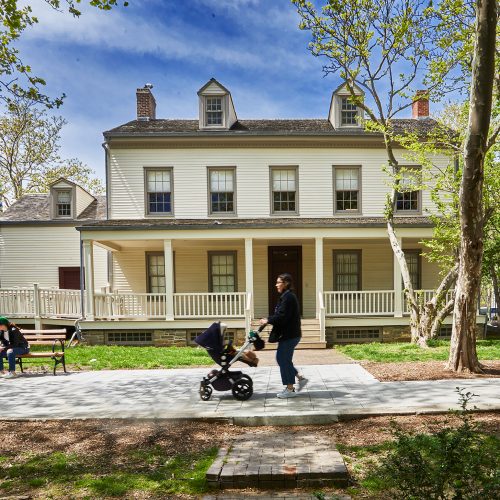
Blackwell House
Manhattan
Blackwell House, Manhattan
Why is this building significant? A simple two-story clapboard residence with a one-story kitchen wing, the Blackwell House is not...
Learn More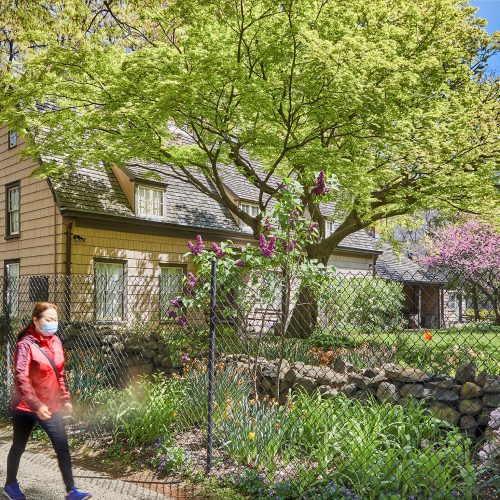
Bowne House
Queens
Bowne House, Queens
Why is this building significant? The modesty of this colonial-era, two-story house belies its historical significance. John Bowne, an English...
Learn More
Center for Brooklyn History
Brooklyn
Center for Brooklyn History, Brooklyn
Why is this building significant? The Brooklyn Public Library’s Center for Brooklyn History (formerly the Brooklyn Historical Society) is a...
Learn More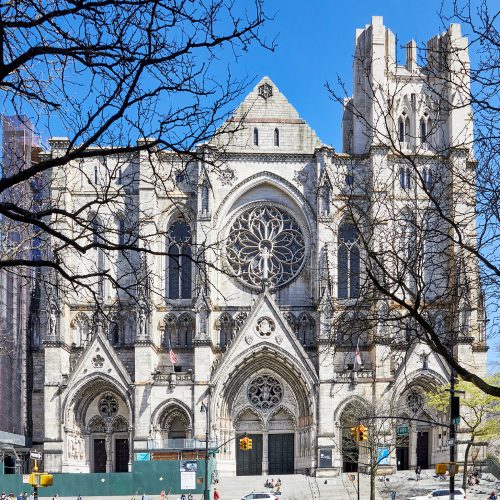
Cathedral Church of St. John the Divine
Manhattan
Cathedral Church of St. John the Divine, Manhattan
Why is this building significant? In 1891 Bishop Henry Codman Potter oversaw the purchase of the Morningside Heights site of...
Learn More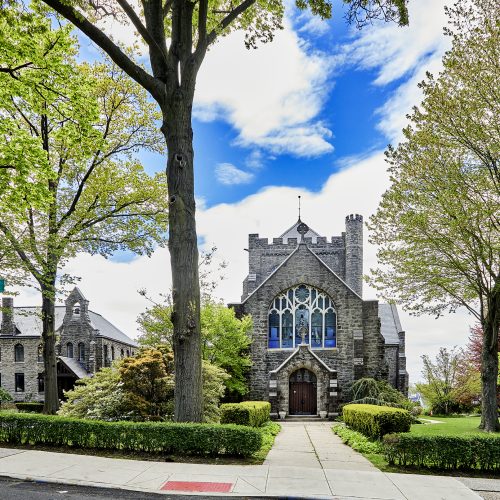
Christ Church New Brighton
Staten Island
Christ Church New Brighton, Staten Island
Why is this building significant? Built of granite trimmed with limestone and cast stone, this Victorian-era church was modeled on...
Learn More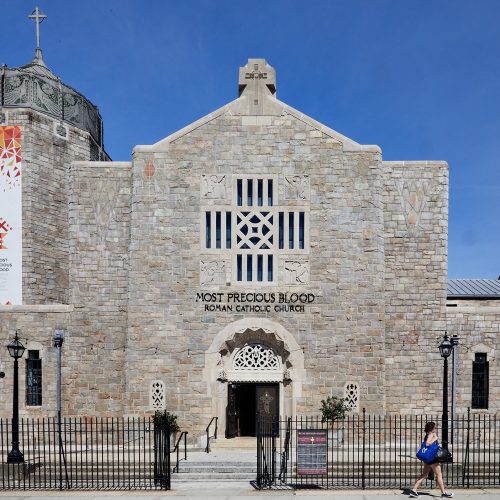
Church of the Most Precious Blood
Queens
Church of the Most Precious Blood, Queens
Why is this building significant? This church, constructed during the Great Depression, broke new stylistic ground for an ecclesiastical building...
Learn More
Church of St. Anselm and St. Roch
The Bronx
Church of St. Anselm and St. Roch, The Bronx
Why is this building significant? The design of this imposing church, a rare example of Byzantine Revival architecture in New...
Learn More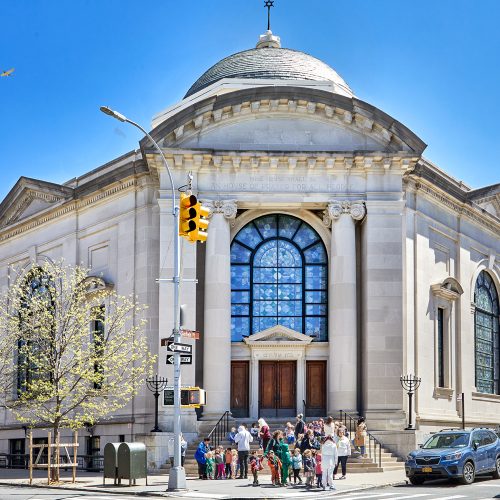
Congregation Beth Elohim
Brooklyn
Congregation Beth Elohim, Brooklyn
Why is this building significant? Occupying a corner site in the heart of Brooklyn’s heavily residential Park Slope neighborhood, this...
Learn More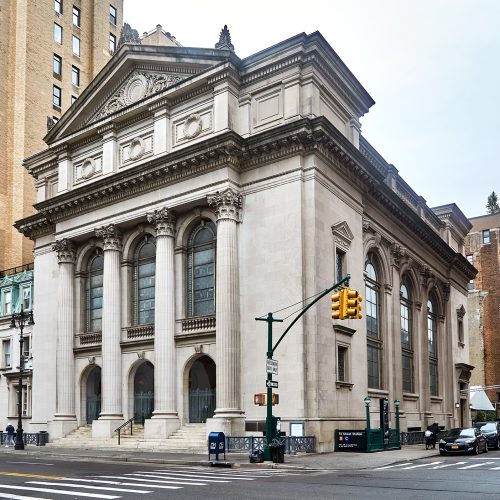
Congregation Shearith Israel
Manhattan
Congregation Shearith Israel, Manhattan
Why is this building significant? Sited prominently opposite Central Park, the Congregation Shearith Israel synagogue houses the oldest Jewish congregation...
Learn More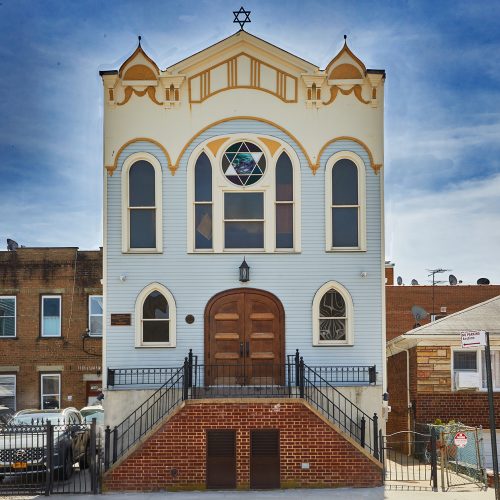
Congregation Tifereth Israel
Queens
Congregation Tifereth Israel, Queens
Why is this building significant? Founded by residents of Manhattan’s Lower East Side who moved to the Corona section of...
Learn More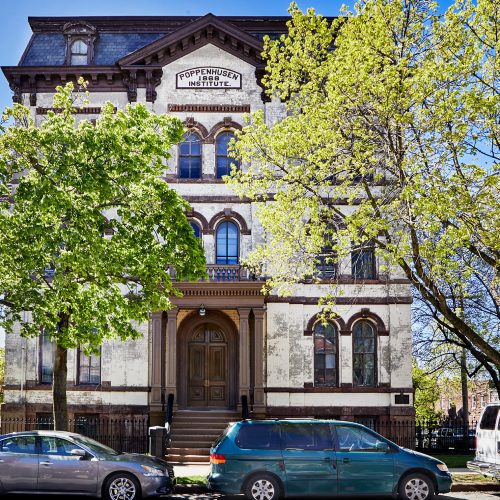
Conrad Poppenhusen Institute
Queens
Conrad Poppenhusen Institute, Queens
Why is this building significant? German immigrant Conrad Poppenhusen financed this five-story Victorian-style building as a place where people, irrespective...
Learn More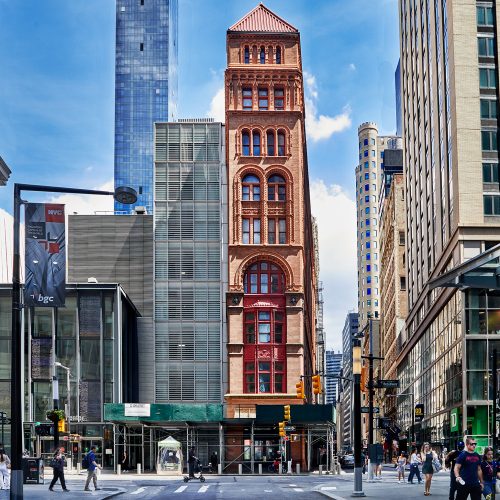
Corbin Building
Manhattan
Corbin Building, Manhattan
Why is this building significant? This eight-story office building, built on speculation and named after one of its financiers, Austin...
Learn More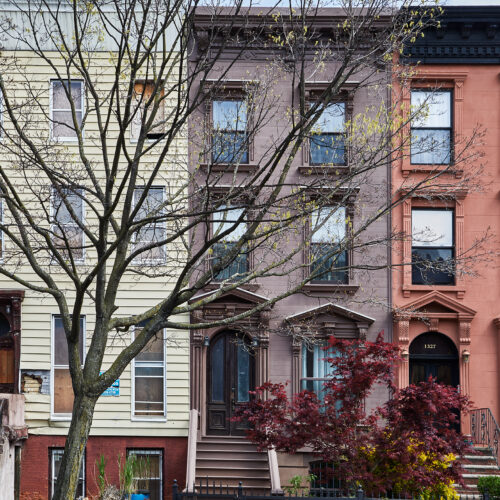
1325 Dean Street
Brooklyn
1325 Dean Street, Brooklyn
Why is this building significant? As transportation improved at the end of the 19th century, Brooklyn’s Crown Heights neighborhood witnessed...
Learn More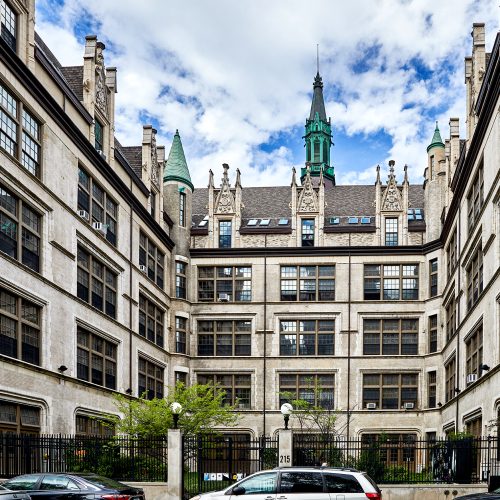
El Barrio’s Artspace PS 109
Manhattan
El Barrio’s Artspace PS 109, Manhattan
Why is this building significant? This community-organized project adaptively reused an abandoned public school designed by Charles B. J. Snyder,...
Learn More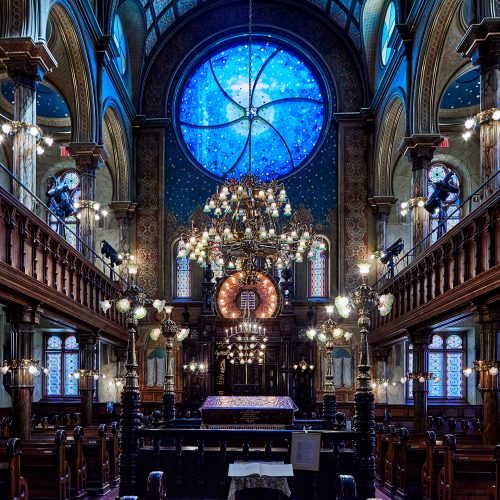
Eldridge Street Synagogue
Manhattan
Eldridge Street Synagogue, Manhattan
Why is this building significant? The first major synagogue built on Manhattan’s Lower East Side by Eastern European Jews, this...
Learn More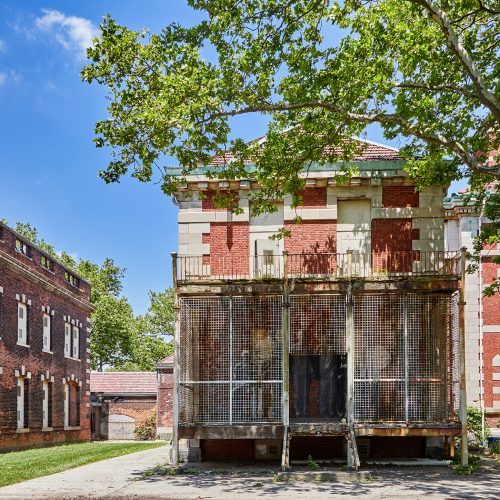
Ellis Island Hospital
Manhattan
Ellis Island Hospital, Manhattan
Why is this building significant? Twelve million immigrants came through Ellis Island when it was an active Immigration Station from...
Learn More
Enid Haupt Conservatory
The Bronx
Enid Haupt Conservatory, The Bronx
Why is this building significant? This Italian Renaissance-style complex of greenhouses serves as an architectural grace note within the New...
Learn More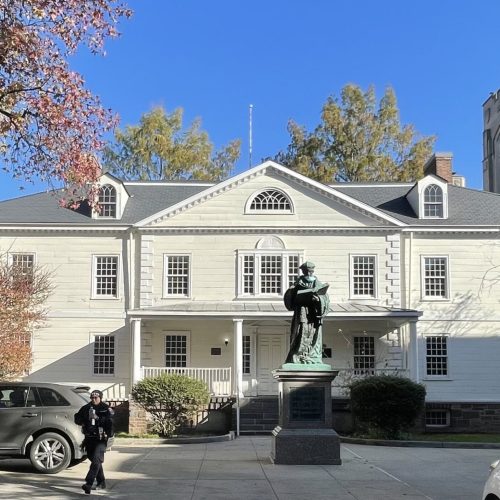
Erasmus Hall Academy Building
Brooklyn
Erasmus Hall Academy Building, Brooklyn
Why is this building significant? Of note both for its distinguished architecture and its associations with the Founding Fathers, the...
Learn More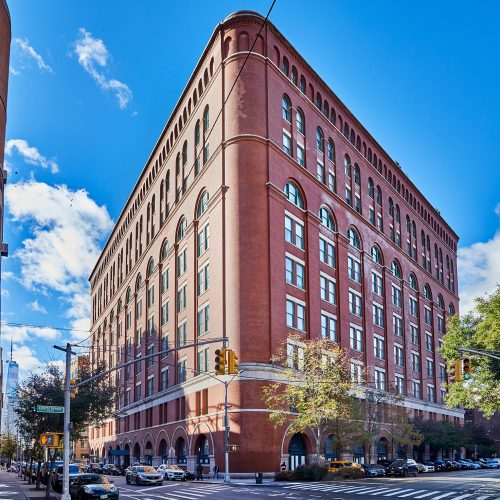
Federal Archive Building
Manhattan
Federal Archive Building, Manhattan
Why is this building significant? This 10-story building was, at the time of its completion, the largest structure ever built...
Learn More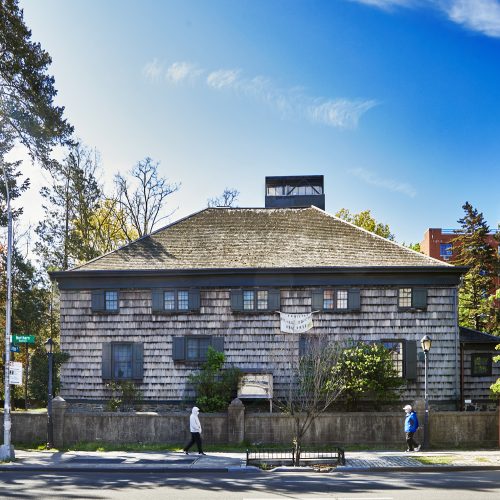
Flushing Friends Meeting House
Queens
Flushing Friends Meeting House, Queens
Why is this building significant? The Old Quaker Meeting House, as it is widely known, is reputedly the oldest house...
Learn More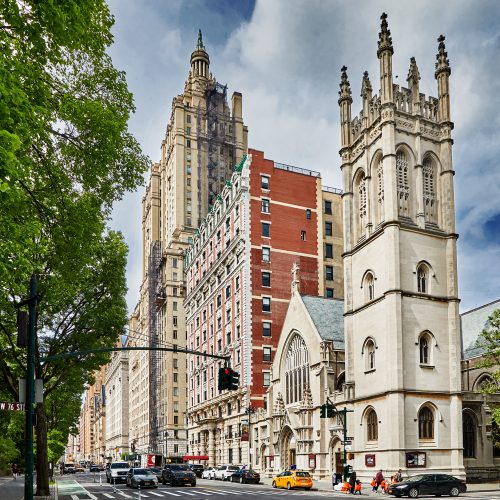
Fourth Universalist Society
Manhattan
Fourth Universalist Society, Manhattan
Why is this building significant? In his design for this building, William A. Potter broke decisively from the Classical vocabulary...
Learn More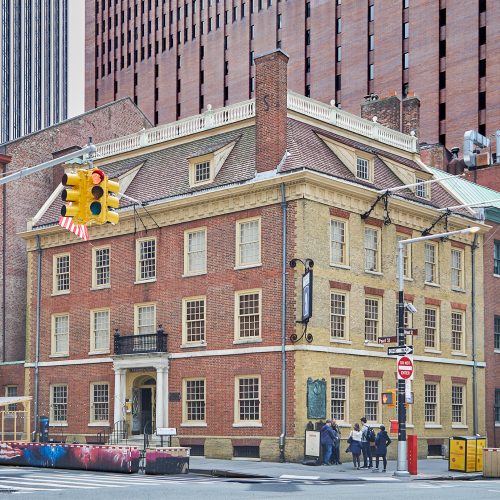
Fraunces Tavern Block
Manhattan
Fraunces Tavern Block, Manhattan
Why is this site significant? This block was constructed in 1689 on landfill in the East River and constituted the...
Learn More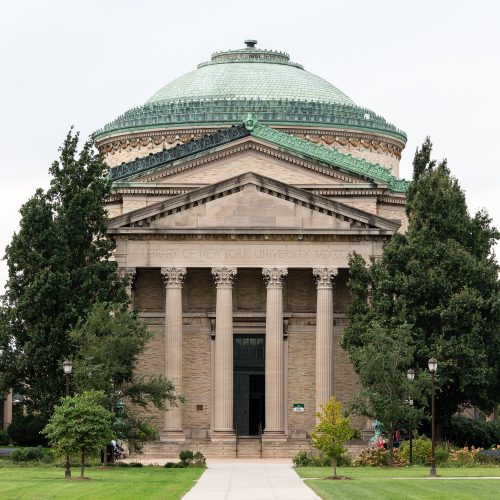
Gould Memorial Library
The Bronx
Gould Memorial Library, The Bronx
Why is this building significant? The Gould Memorial Library is considered Stanford White’s masterwork. The monumental library’s rotunda incorporates Greek...
Learn More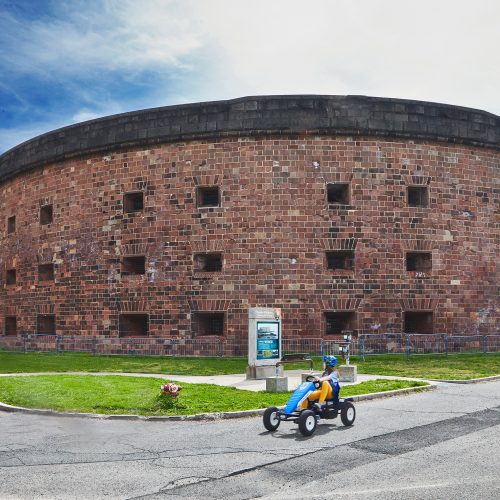
Governors Island
Manhattan
Governors Island, Manhattan
Why is this site significant? This 172-acre site includes more than 50 historic buildings, including two former military fortifications that...
Learn More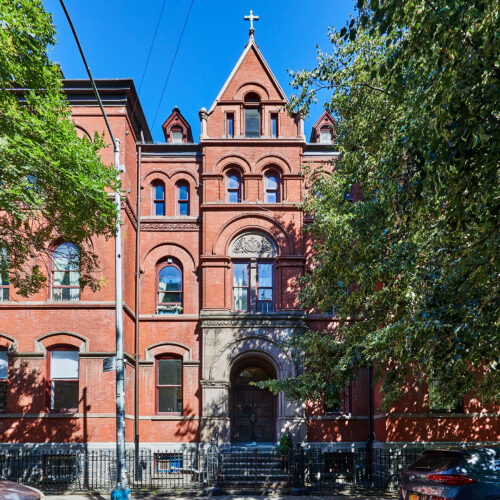
64 Havemeyer Street
Brooklyn
64 Havemeyer Street, Brooklyn
Why is this building significant? With its peaked roofline, corner turret, and tall, slim windows, this High-Victorian Gothic building comprises...
Learn More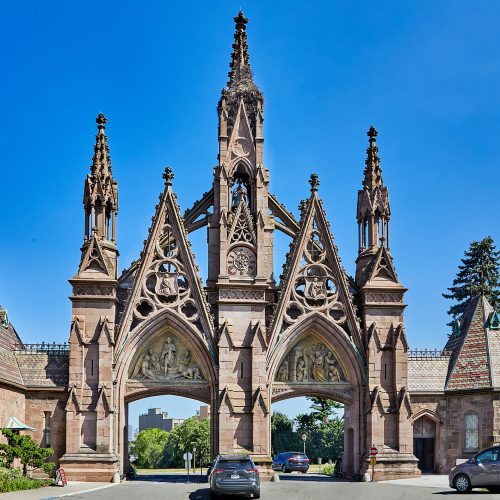
Green-Wood Cemetery
Brooklyn
Green-Wood Cemetery, Brooklyn
Why is this site significant? Predating both Central Park and Prospect Park, Green-Wood was one of the most significant public...
Learn More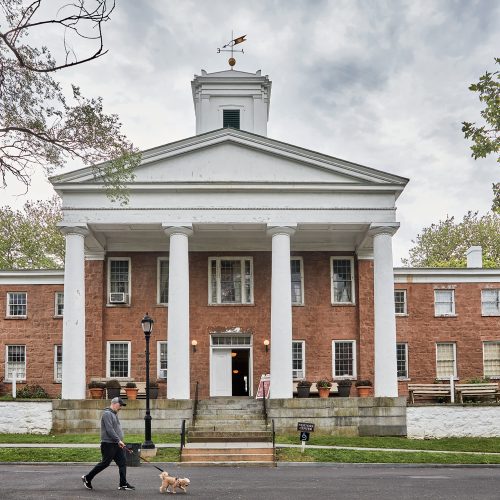
Historic Richmond Town
Staten Island
Historic Richmond Town, Staten Island
Why is this site significant? Historic Richmond Town is a preserved village comprising approximately 30 buildings located near the center...
Learn More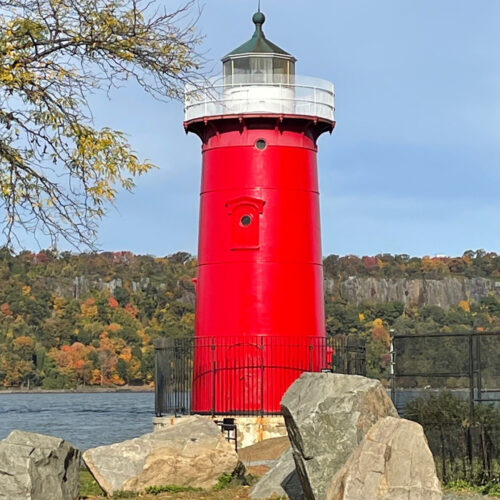
Little Red Lighthouse
Manhattan
Little Red Lighthouse, Manhattan
Why is this building significant? The Little Red Lighthouse, officially Jeffrey’s Hook Lighthouse, is a romantic remnant of New York...
Learn More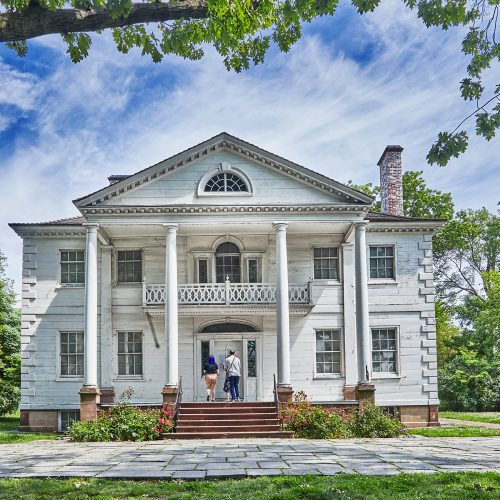
Morris-Jumel Mansion
Manhattan
Morris-Jumel Mansion, Manhattan
Why is this building significant? This mansion enjoys both political and architectural significance. The oldest surviving house in Manhattan, it...
Learn More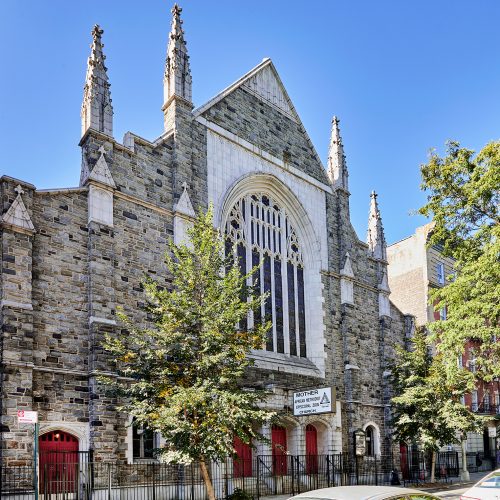
Mother AME Church
Manhattan
Mother AME Church, Manhattan
Why is this building significant? Also known simply as Mother Zion, this church houses the City’s oldest African American congregation,...
Learn More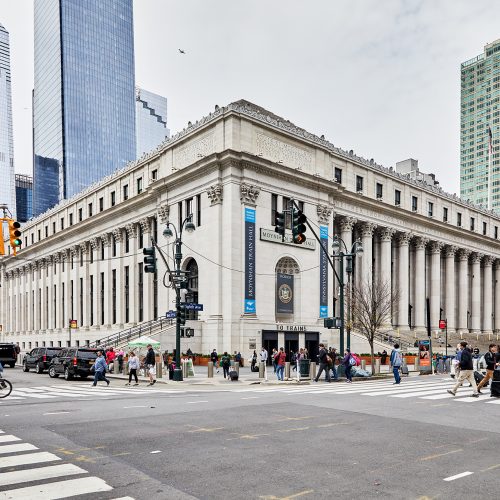
Moynihan Train Hall
Manhattan
Moynihan Train Hall, Manhattan
Why is this building significant? The Moynihan Train Hall returns grandeur and ceremony to entering New York City, attributes decidedly...
Learn More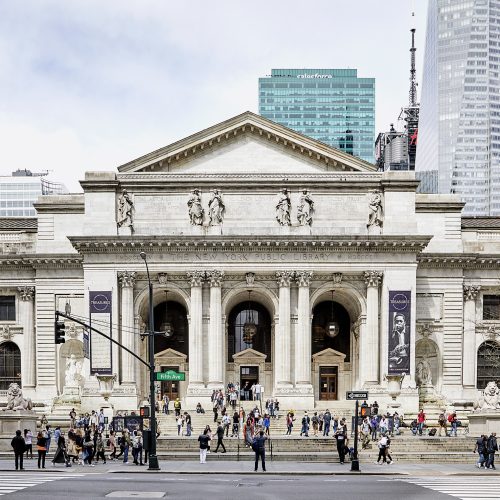
New York Public Library
Manhattan
New York Public Library, Manhattan
Why is this building significant? The flagship building of the New York Public Library system, this magnificent marble, Beaux-Arts structure,...
Learn More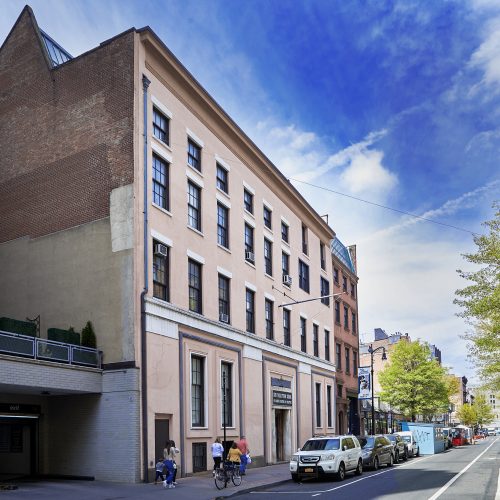
New York Studio School
Manhattan
New York Studio School, Manhattan
Why is this building significant? In the first decades of the 20th century, Gertrude Vanderbilt Whitney assembled this group of eight...
Learn More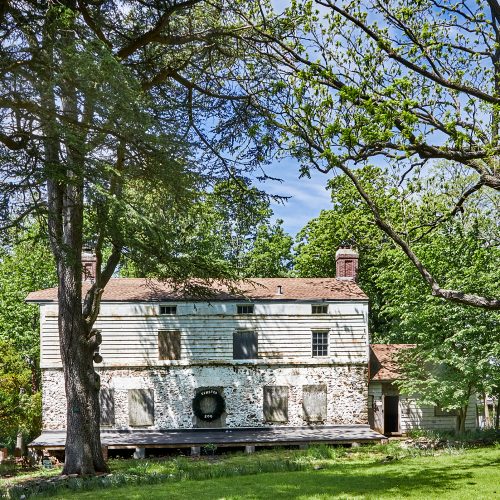
Olmsted-Beil House
Staten Island
Olmsted-Beil House, Staten Island
Why is this building significant? This two-story, wood-and-stone farmhouse, set on a 1.7-acre site, is the last vestige of a...
Learn More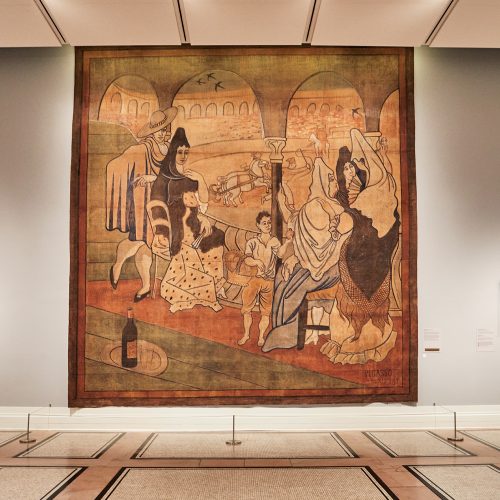
Picasso Curtain
Manhattan
Picasso Curtain, Manhattan
Why is this artwork significant? The Picasso Curtain (Le Tricorne), depicting a bullfight, is a fragment of a stage curtain...
Learn More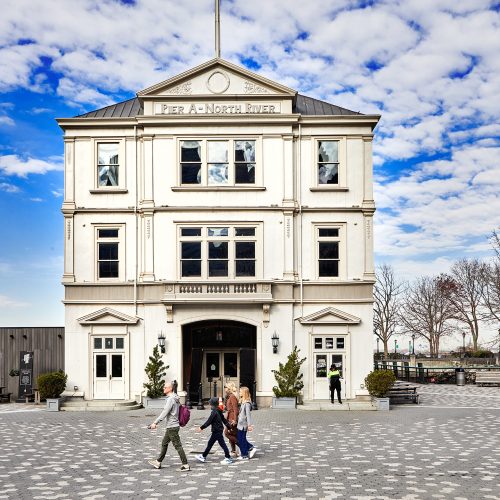
Pier A
Manhattan
Pier A, Manhattan
Why is this building significant? Pier A is the last remaining example of the piers that once lined New York...
Learn More
The Plaza
Manhattan
The Plaza, Manhattan
Why is this building significant? Since its opening, the Plaza has been an architectural landmark and a central focus of...
Learn More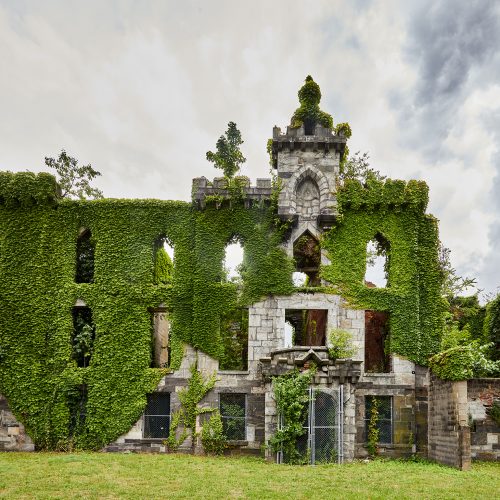
Renwick Ruin
Manhattan
Renwick Ruin, Manhattan
Why is this building significant? Standing in close proximity to 1970s housing, Franklin D. Roosevelt Four Freedoms State Park, and...
Learn More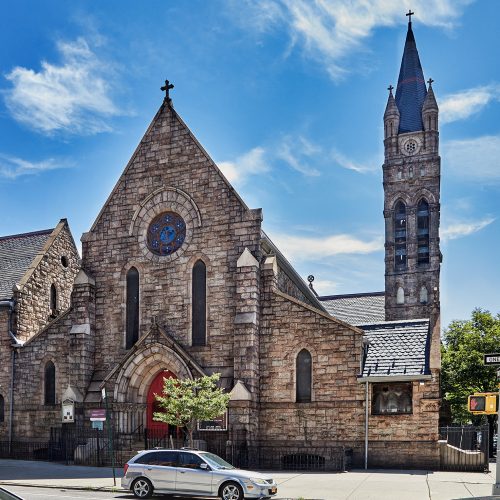
St. Andrew’s Church
Manhattan
St. Andrew’s Church, Manhattan
Why is this building significant? This picturesque Victorian Gothic Revival church is built of rock-faced granite and has a steeply...
Learn More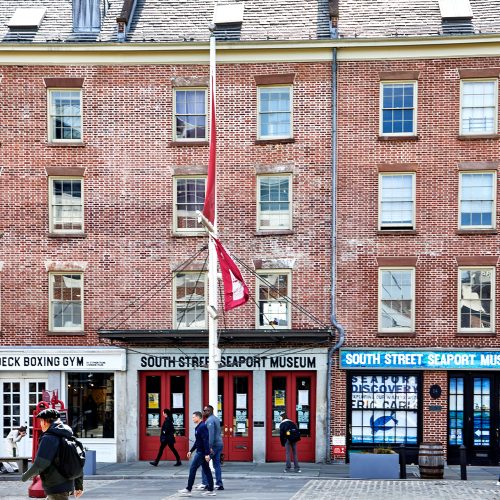
South Street Seaport Museum
Manhattan
South Street Seaport Museum, Manhattan
Why is this building significant? The South Street Seaport Museum occupies a block of nine red-brick warehouses, known as Schermerhorn...
Learn More
Survivors’ Staircase
Manhattan
Survivors’ Staircase, Manhattan
Why is this structure significant? On September 11, 2001, this staircase at the northeastern edge of the elevated World Trade...
Learn More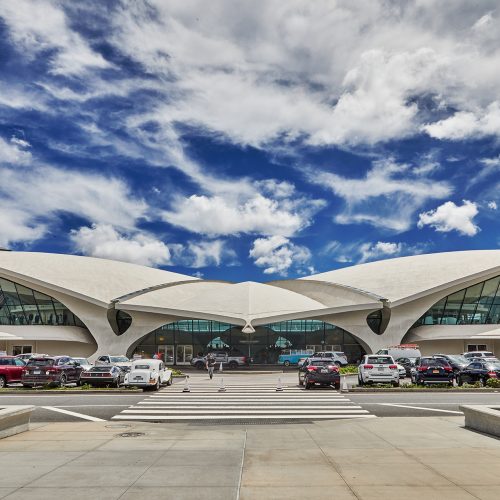
TWA Flight Center and Hotel
Queens
TWA Flight Center and Hotel, Queens
Why is this building significant? Saarinen’s curvaceous, concrete structure is a symbol of post-World War II American optimism and a...
Learn More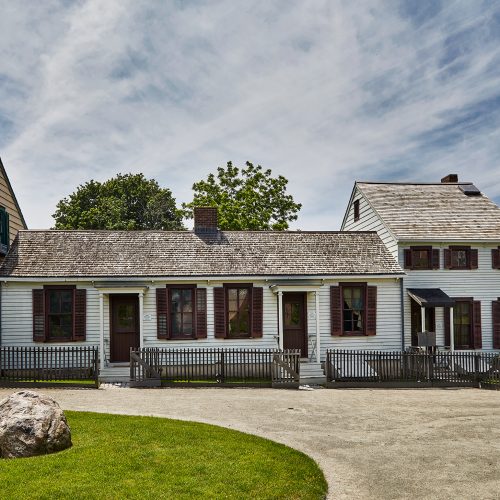
Weeksville Heritage Center
Brooklyn
Weeksville Heritage Center, Brooklyn
Why is this site significant? Founded before the Civil War, Weeksville was one of the country’s first free Black communities...
Learn More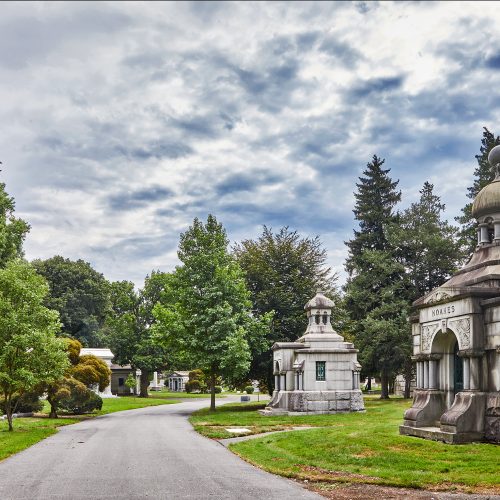
Woodlawn Cemetery
The Bronx
Woodlawn Cemetery, The Bronx
Why is this site significant? This sprawling cemetery, comprising more than 300 acres within the confines of New York City,...
Learn MoreCredits
Photography
Noël Sutherland (Except where noted)Curators
Donald Albrecht Thomas MellinsBranding Web Design
SJI AssociatesSupport Us
Become A Member
Join the Conservancy and be part of our mission to save New York’s extraordinary architectural heritage.
Join Us
